Guatemala
Central Standard Time (CST), UTC−6 year-round
No daylight saving time observed
Sunrise ≈05:30–06:00, sunset ≈17:30–18:00
Guatemalan Quetzal (GTQ), symbol “Q”
1 USD ≈ Q7.80 (rate varies)
ATMs and credit cards accepted in cities; carry cash for rural areas
Service charge ~10%; tipping 5–10%
September 15 – Independence Day (from Spain, 1821)
October 20 – Revolution Day (1944)
Parades, reenactments and civic ceremonies
Visa-Free Countries
Visa on Arrival Countries
E-Visa Countries
Visa Required Countries
Culture
Guatemala’s rich tapestry blends ancient Maya heritage with Spanish colonial and Afro-Caribbean influences. Traditional dress—brightly woven cortes and huipils—varies by region, showcasing Mayan textile artistry. Music pulses from marimba orchestras and marimba de arco string bands at festivals. Gastronomy features hearty stews like pepián and kak’ik, corn tamales wrapped in banana leaves and atoles. Religious and folk celebrations fuse Catholic and Maya rituals: Semana Santa in Antigua fills cobblestone streets with flower carpets and processions. Today, contemporary art thrives in galleries and street murals in Guatemala City and Quetzaltenango, reflecting social themes and indigenous cosmology.
- Textile Traditions: Handwoven fabrics dyed with cochineal and indigo sold in Chichicastenango market.
- Music & Dance: Marimba national instrument; dances like the Baile de la Conquista reenact colonial history.
- Languages: Spanish plus 21 Maya dialects, Xinca and Garífuna; language schools in Lake Atitlán towns.
- Religion: Blend of Catholic, Evangelical and Maya spiritual ceremonies at holy sites like Iximché.
- Coffee Culture: Antigua and Cobán regions offer plantation tours of high-altitude arabica estates.
Tourism & Best Sites to Visit
From towering volcanoes and cloud forests to ancient ruins and highland lakes, Guatemala invites exploration of its natural wonders and archaeological treasures. Each destination unveils centuries of history, vibrant indigenous culture and breathtaking scenery.


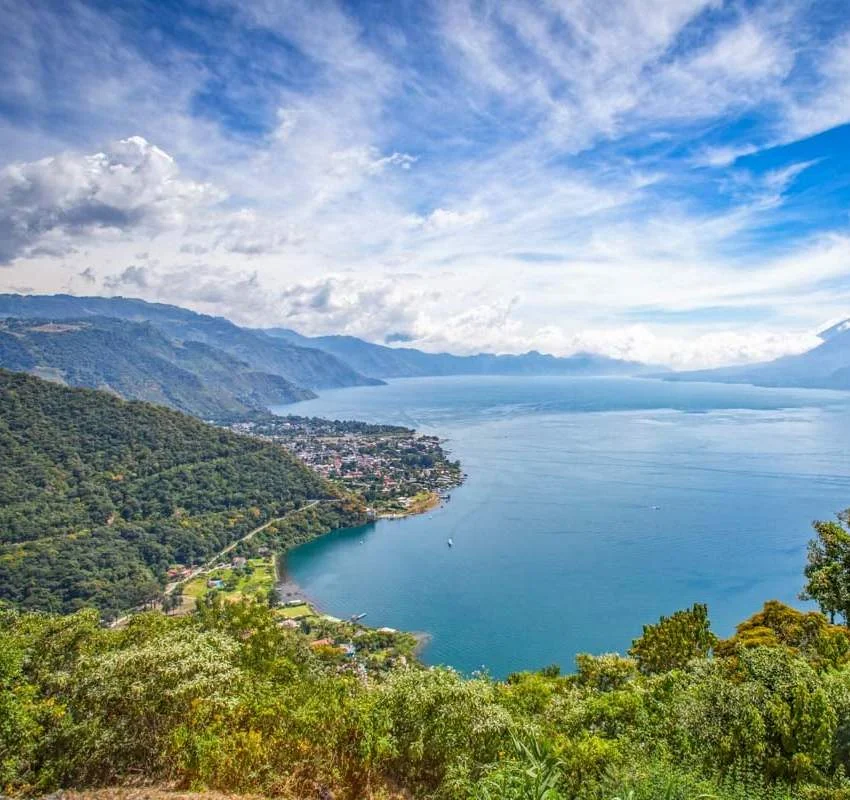
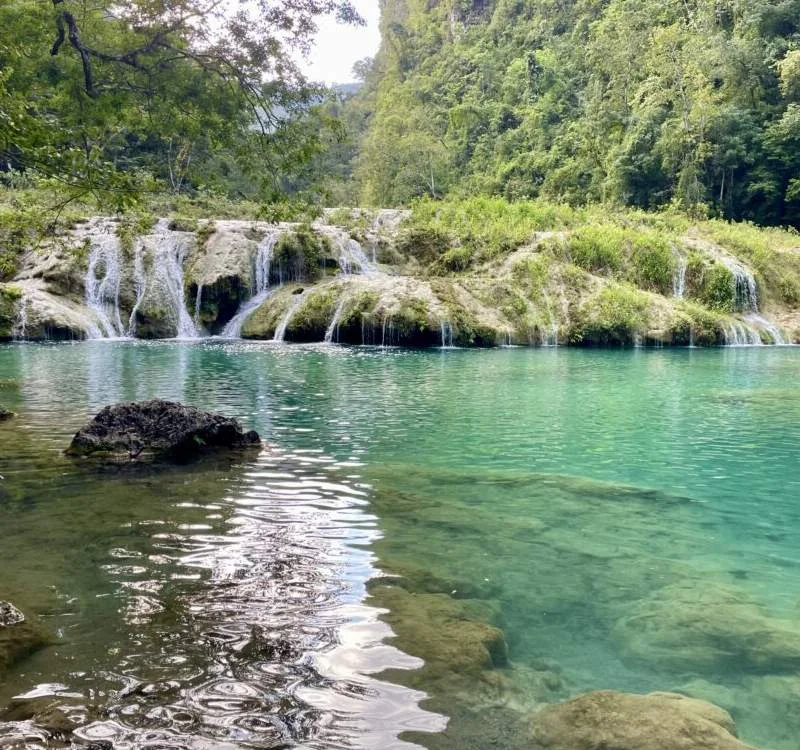
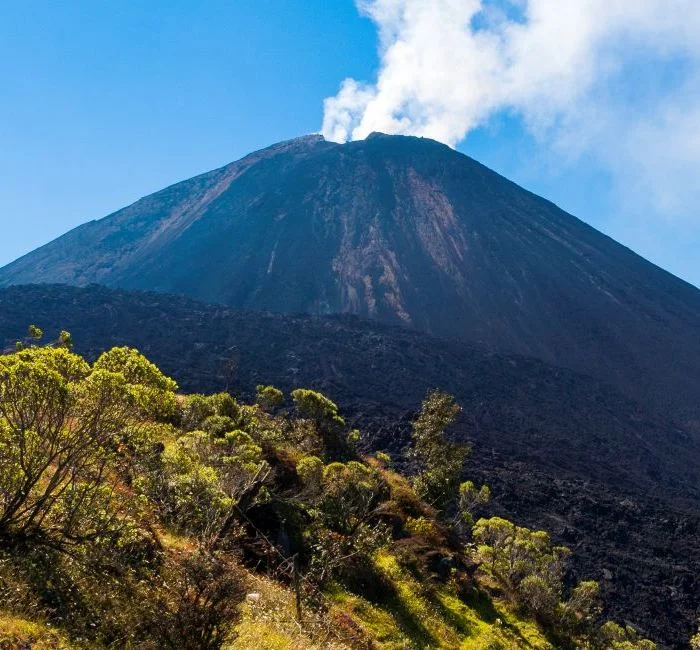
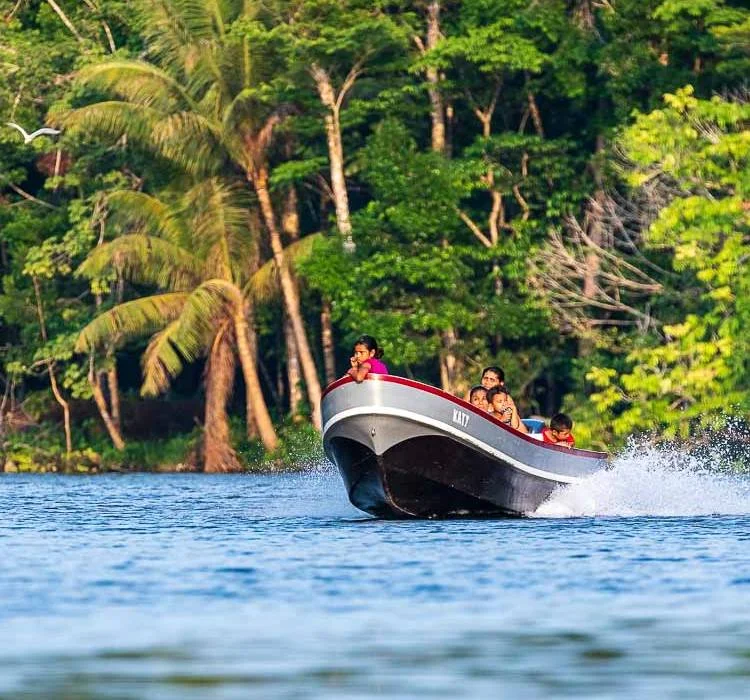

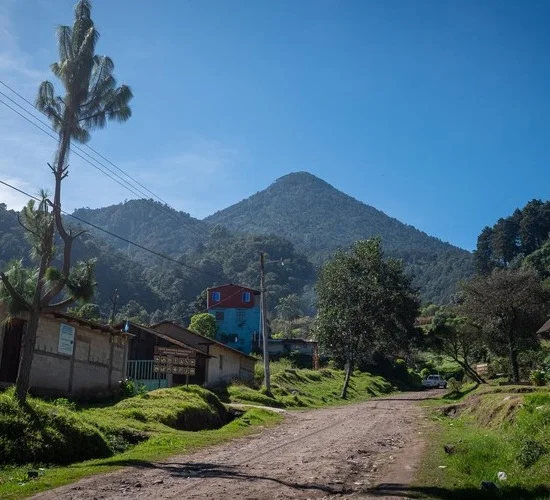
-
Tikal Deep in the Petén rainforest, Tikal unfolds as one of the greatest Maya cities ever excavated. Towering temples—Temple IV rising over 70 m—peek through the canopy, offering sunrise vistas over the jungle sea. The Great Plaza links the ball court and stelae-lined courtyards, while jaguars and spider monkeys roam the forest floor. Interpretive trails lead to hidden temples and causeways, and night tours illuminate nocturnal wildlife. The on-site museum displays carved lintels, ceramics and jade offerings that reveal Tikal’s role as a major trade and ceremonial center from 300 BC to 900 AD.
-
Antigua Guatemala Once the Spanish colonial capital, Antigua enchants with pastel ruins framed by three volcanoes—Agua, Fuego and Acatenango. Cobbled streets lead to the Santa Catalina Arch and the baroque façade of La Merced Church. Each morning, locals lay alfombras—intricate sawdust carpets—for Holy Week processions. Coffee shops occupy restored convents, serving beans grown in nearby highlands. Pottery workshops and textile boutiques line Calle del Arco, while weekend markets offer jade jewelry and handwoven scarves. At dusk, rooftop bars provide panoramic views of volcanic silhouettes against a rosy sky.
-
Lake Atitlán Ringed by towering volcanoes—Atitlán, Tolimán and San Pedro—and dotted with Mayan villages, Lake Atitlán’s cobalt waters shimmer beneath sunlit skies. Panajachel’s lakeshore promenade bustles with markets, art galleries and boat taxis to villages like Santiago and San Marcos. Each community preserves distinct textile patterns and religious traditions. Hikes to Indian Nose viewpoint reward early risers with sunrise panoramas, while yoga retreats in Tak’alik Ab’aj offer spiritual renewal. Boat tours reveal cliffs carved by ancient landslides and hidden waterfalls cascading into secluded bays.
-
Semuc Champey In the heart of Alta Verapaz, Semuc Champey dazzles with a stepped series of fifteen turquoise pools perched atop a natural limestone bridge. The Cahabón River plunges beneath in a hidden gorge. A steep jungle trail leads to the El Mirador lookout, where the vivid pools glint through emerald foliage. Guided tubing through Karst caves reveals stalactites and Mayan inscriptions. Local guides point out how the water’s mineral content creates the brilliant hues, while explaining Q’eqchi’ Maya legends of water spirits who guard this sacred site.
-
Pacaya Volcano An active volcano east of Antigua, Pacaya offers accessible adventure: a 2-hour hike over hardened lava flows to steaming vents and fissures. Night hikes reveal glowing lava incandescence against the pitch sky. Guides provide walking sticks and highlight volcanic geology—the contrast between basaltic fields and verdant foothills. Roasting marshmallows on hot rocks is a favorite treat. Cooler temperatures at the summit require layers, but panoramic views stretch across the Pacific lowlands and the Sierra Madre Mountains. Park rangers brief visitors on safety and the volcano’s recent eruptions.
-
Río Dulce Flowing from Lake Izabal to the Caribbean, Río Dulce carves a verdant canyon flanked by cliffs draped in vines and orchids. Boat tours stop at the 17th-century Castillo de San Felipe, built to fend off pirates, and hot springs where locals soak in thermal pools. At Livingston, the river meets the sea amid Garífuna villages pulsating with drumming and dance. Eco-lodge stays include guided birdwatching—sunset herons and ospreys—and visits to hidden waterfalls accessible only by narrow skiff through mangrove channels.
-
Chichicastenango Market High in the western highlands, Chichicastenango hosts one of Latin America’s liveliest indigenous markets on Thursdays and Sundays. Bright stalls overflow with handwoven textiles, wood-carved masks and pottery. The Santo Tomás Church plaza hosts Mayan rituals—candles, incense and offerings—beside Catholic masses. The nearby Pascual Abaj shrine features carved stones where Q’eqchi’ priests conduct cleansing ceremonies. Visitors navigate a kaleidoscope of colors and aromas, bargaining for skirts, blankets and fresh flowers while sampling corn tamales and atol de elote.
-
Quetzaltenango (Xela) Guatemala’s second city lies in a highland valley at 2 300 m, offering a cooler climate and strong indigenous presence. Neoclassical buildings flank Parque Centroamérica, where marimba concerts echo on weekend afternoons. Nearby Fuentes Georginas hot springs invite relaxation beside steam-shrouded pine forests. Multi-day treks to Tajumulco—the Central American mainland’s highest peak—begin just outside the city. Language schools draw students from around the world for Spanish immersion among friendly Kʼicheʼ Mayan speakers, and local markets brim with artisan crafts and farm-fresh produce.
Transportation
Guatemala’s transport network spans bustling highways, winding mountain passes and lake ferries. Public chicken buses (converted U.S. school buses) link towns affordably, while private shuttles offer air-conditioned comfort on tourist routes. Inland, “pick-ups” serve rural villages along unpaved roads. Traffic in Guatemala City can be heavy—ride-hail apps and taxis provide alternatives. On Lake Atitlán, motorized and sail boats connect lakeside communities.
- Chicken Buses: Colorful, frequent and inexpensive; fares paid in cash onboard; best for short to mid-distance travel.
- Shuttle Vans: Private companies link Antigua, Lake Atitlán and Tikal; book online or through hotels.
- Boats: Regular launches cross Lake Atitlán between Panajachel and villages like San Pedro and Santiago.
- Internal Flights: TAG Airlines connects Guatemala City to Flores (for Tikal) in 1 hour.
- Taxis & Ride-hail: Uber operates in Guatemala City and Antigua; agreed-fare taxis recommended elsewhere.
- Car Rentals: Available at La Aurora Airport; 4×4 advised for rural and high-altitude roads.
Airports
Two airports serve international and domestic routes: La Aurora in the capital and Mundo Maya near the Petén region. TAG and charter flights connect key destinations.
- La Aurora Intl. (GUA): 10 km south of Guatemala City; served by major U.S., European and Latin American carriers; car rentals, shuttles and taxis available.
- Mundo Maya Intl. (FRS): Near Flores; gateway to Tikal and Petén jungles; limited cafes, car hire and tourist booths.
- Heliports: Helicopter charters available for volcano and jungle excursions; book through tour operators.
Visa & Travel
| Nationality/Region | Entry Status | Max Stay | Key Requirements |
|---|---|---|---|
| USA, Canada, UK, EU, Australia | Visa Free | Up to 90 days | Passport valid ≥6 months, return/onward ticket |
| CA-4 Treaty partners | Visa Free | Up to 90 days total within CA-4 region | Valid passport or ID |
| China, India, Russia, Vietnam | Visa Required | Varies by agreement | Apply at Guatemalan embassy; proof of funds; itinerary |
| Transit (all nationalities) | Transit Allowed | ≤24 hours | Confirmed onward ticket |
Health: Yellow fever certificate if arriving from endemic areas; recommended: hepatitis A, typhoid, malaria prophylaxis in jungle regions.
Customs: 200 cigarettes or 50 cigars; 1 L alcohol; up to US$500 of personal goods.
Safety Tips: Use registered taxis at night; secure valuables; avoid isolated areas after dark.
Money Matters: ATMs dispense Q; USD widely accepted in tourist zones; banks open Mon–Fri 08:30–15:30.
Etiquette: Greet with “Buenos días” and a handshake; remove shoes when entering homes; ask permission before photographing locals.
- Asia
- Singapore
- Japan
- South Korea
- Africa
- Seychelles
- Mauritius
- South Africa
- Contact:
- Address: Eighth Avenue Place, East Tower, 525 8 Avenue SW Suite 3200 Calgary, Alberta T2P 1G.
- Email: Info@theazmip.com
- Number: +12812363495
Travel the World Without the Burden of Visa Applications, as TheAzmip.com Connects You to the Best Visa-Free Destinations.
- North America
- United States
- Canada
- Mexico
- Oceania
- Australia
- New Zealand
- Samoa

